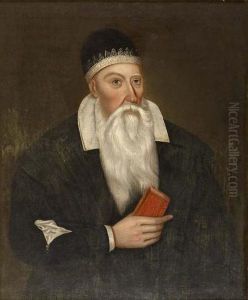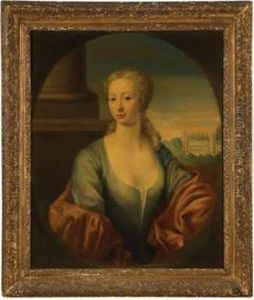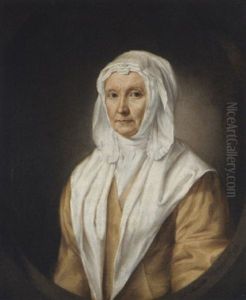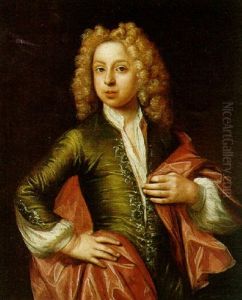William Mosman Paintings
William Mosman was a Scottish portrait painter who is known to have been active in the 18th century. He was born in 1700, and although there is not a wealth of information about his early life, it is known that he developed a reputation as a portrait artist. Mosman likely trained in his craft in Scotland before furthering his artistic education abroad.
Mosman spent a considerable amount of time in Italy, particularly in Rome, where he was influenced by the work of continental artists. The Grand Tour was a popular undertaking by wealthy young Europeans at the time, and artists like Mosman would have had the opportunity to study classical antiquities and the Renaissance masters firsthand. This exposure to Italian art had a significant impact on his style, which incorporated aspects of the Italian Baroque tradition, known for its dramatic use of light and shadow as well as a certain theatricality in composition.
After his Italian sojourn, Mosman returned to Scotland where he became one of the leading portrait painters of his time. He worked in Aberdeen for the majority of his career, where he painted portraits of the local gentry and bourgeoisie. His works include both individual and group portraits, and he was known for his ability to capture the likeness and character of his sitters. Mosman's portraits also offer a valuable glimpse into the fashions and interiors of the 18th-century Scottish elite.
William Mosman died in 1771, leaving behind a body of work that contributes to our understanding of Scottish art in the 18th century. Unfortunately, he did not leave as indelible a mark as some of his contemporaries, and as such, his name is not as widely recognized outside of Scottish art history circles. Nonetheless, his paintings can be found in various art collections, including those of the National Galleries of Scotland, and they continue to be studied for their artistic and historical significance.











